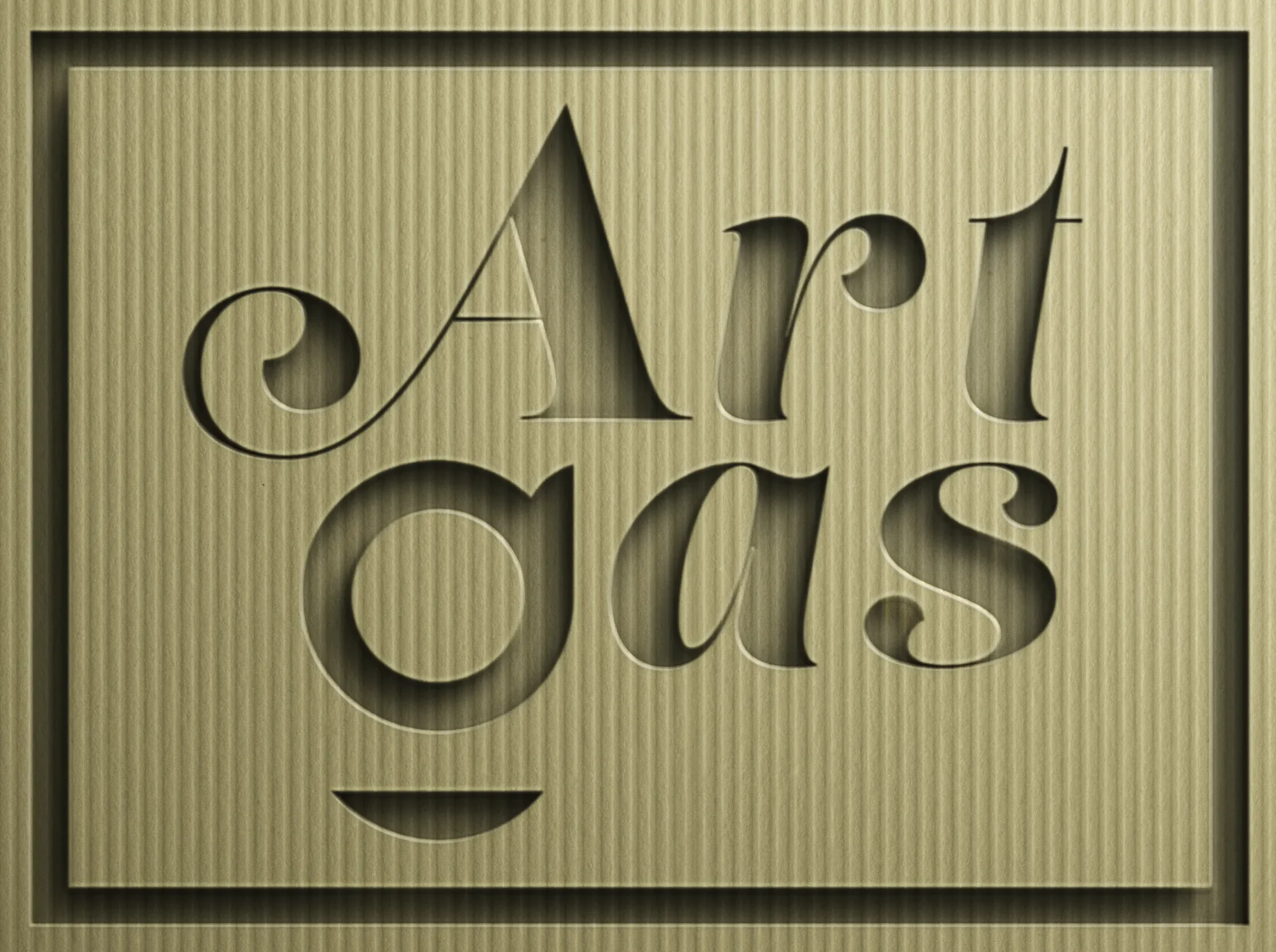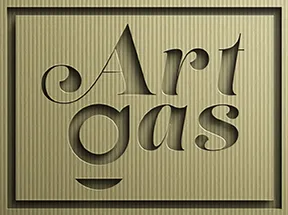Why is Modern Abstract Art so Popular?
Modern abstract art has gained widespread popularity for various reasons that resonate with both the art community and the broader public. Here’s an exploration into why modern abstract art enjoys such popularity:
Emotional Expression and Freedom
Abstract art is a manifestation of pure emotion and thought, unencumbered by the constraints of realistic representation. Artists are free to express their inner feelings, thoughts, and subconscious musings in ways that realistic art may not permit. This freedom often resonates with viewers, who can find their own emotions and interpretations reflected back at them, making the experience of viewing abstract art deeply personal and subjective.
A Break from Tradition
Modern abstract art represents a significant break from the traditional forms of art that aimed to accurately depict reality. This break from the past is appealing as it symbolizes innovation, rebellion against convention, and the evolution of artistic expression. The novelty of abstract art, with its departure from representational art, draws in audiences who are looking for something different and new.
Universality and Accessibility
Since abstract art is not bound to depict a particular scene, person, or object, it possesses a universal quality. People from different cultures and backgrounds can appreciate it without needing to understand a specific context or narrative. The accessibility of abstract art, in that it can be appreciated by a wide array of individuals with varying levels of art understanding, enhances its popularity.
Aesthetic Appeal
Modern abstract art often features compelling compositions, intriguing color palettes, and dynamic forms that can be aesthetically pleasing to the senses. Even without representing anything concrete, abstract artworks can dramatically alter the ambiance of a space, making them popular choices for interior decoration in homes, offices, and public spaces.
Intellectual Engagement
Abstract art often challenges viewers to engage intellectually with the work. Without a clear subject to anchor the interpretation, viewers are invited to contemplate what the artwork might signify. This intellectual engagement can be a satisfying puzzle that invites conversation and debate, making abstract art continually relevant in academic and critical discourse.
The Role of Museums and Galleries
Museums, galleries, and the art market have played a significant role in the popularization of modern abstract art. Influential art shows, curated exhibitions, and the support of prominent art dealers have helped to elevate the status of abstract art and promote its acceptance and popularity among the public.
Reflection of Contemporary Life
Modern life is often fragmented, fast-paced, and complex. Abstract art can mirror these qualities, presenting compositions that are open-ended, dynamic, and reflective of a modern existence that is not always straightforward or easily categorized. This resonance with contemporary experiences can make abstract art particularly compelling and relevant.
Investment and Market Trends
Lastly, the art market has seen a significant investment in abstract art by collectors and investors. The notoriety of abstract artists and the high auction prices for their works contribute to the genre’s popularity. The investment aspect creates a buzz around abstract art, making it a central feature in discussions about art and wealth.
In summary, modern abstract art’s popularity can be attributed to its emotional depth, break from tradition, universality, aesthetic qualities, intellectual challenge, cultural promotion, reflection of contemporary life, and its role in the art market. These facets combine to make it a compelling and enduring genre within the modern and contemporary art world.
Contemporary Abstract Artists:
- Leah Guadagnoli: Known for her vibrant works that pop off the wall with a three-dimensional effect, resembling stained glass windows. Leah Guadagnoli
- Trudy Benson: Creates paintings with sharp angles and riotously colored blocks, focusing on the grid as a significant reference. Trudy Benson on Artsy
- Osamu Kobayashi: Offers simple, minimal compositions that involve a meticulous process to achieve a balance between reality and illusion. Osamu Kobayashi on Artsy
- Julia Crystal Kirillova: Creates volumetric abstract artworks using resin and natural elements. Julia Crystal Kirillovart
- Lisa Carney: Known for her intuitive painting style using acrylic and a vibrant color palette. Lisa Carney on Saatchi Art.
- Matthew Dibble: A British-born artist whose abstract work involves gestural abstraction and figuration with an element of choreography. Matthew Dibble on Saatchi Art.
Museums and Galleries Specialising in Modern Abstract Art:
- MoMA (Museum of Modern Art): Based in New York, MoMA has an extensive collection of modern and contemporary art, including abstract works. Visit MoMA.
- Tate Modern: Located in London, Tate Modern is one of the largest museums of modern and contemporary art in the world. Explore the Tate Modern at Tate.
- Guggenheim Museum: With multiple locations, the Guggenheim is known for its collection of modern abstract art. Discover more on the Guggenheim.
- Whitney Museum of American Art: Offers a focus on 20th-century and contemporary American art, including abstract works. More information can be found at Whitney.
- Centre Pompidou: Based in Paris, Centre Pompidou houses a vast public library and a rich collection of modern and contemporary art. Visit Centre Pompidou.
These links provide access to a world of modern abstract art, from individual artists pushing the boundaries of abstraction to institutions that preserve and showcase the evolution of this art form. Whether you are an art enthusiast, collector, or simply curious, these resources offer a gateway to the rich tapestry of modern abstract creativity.


